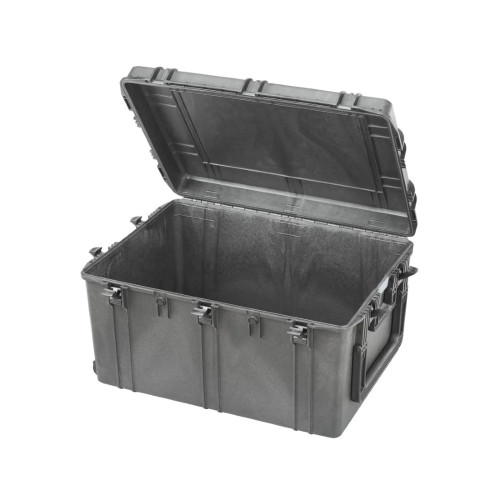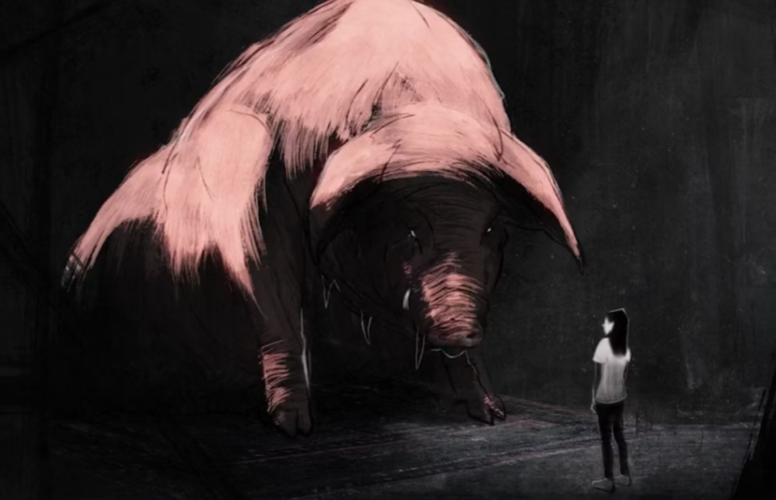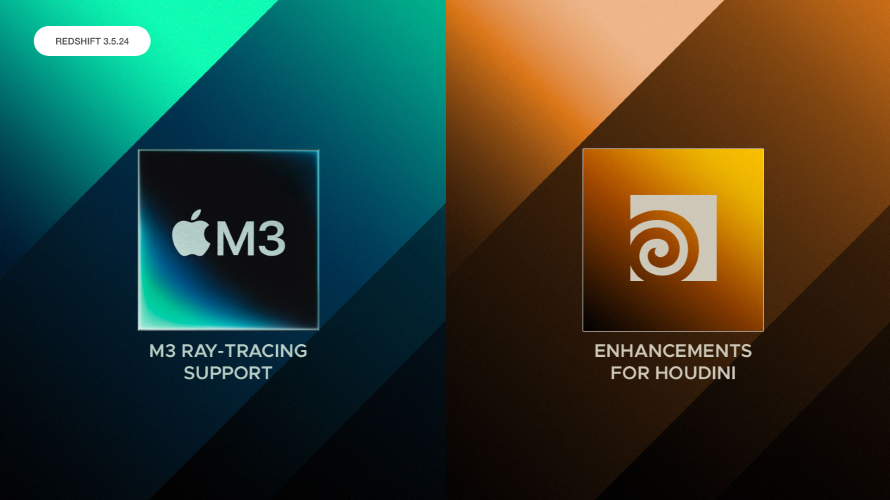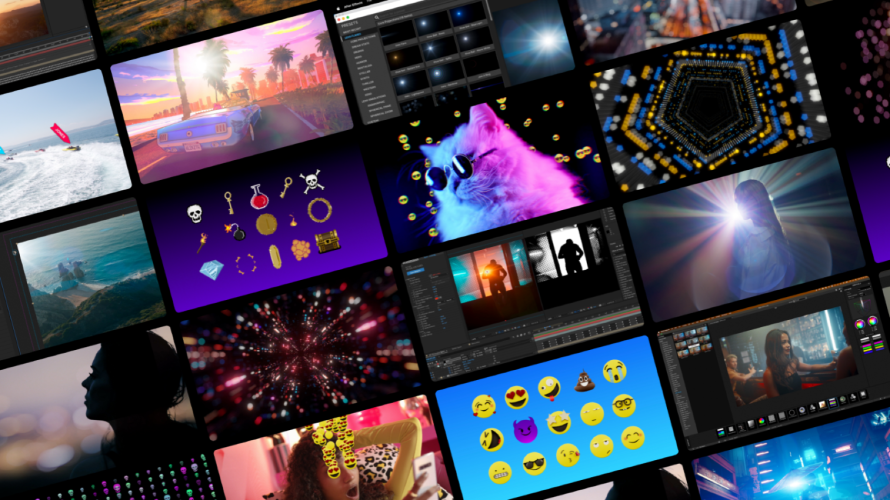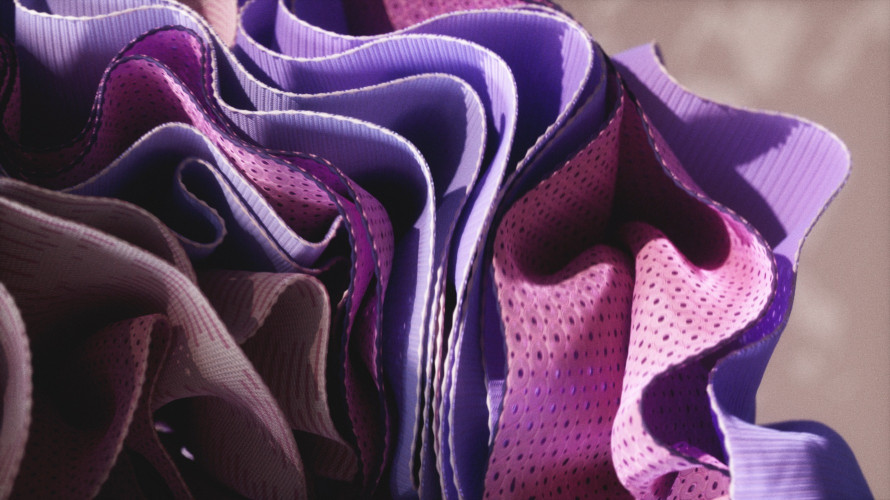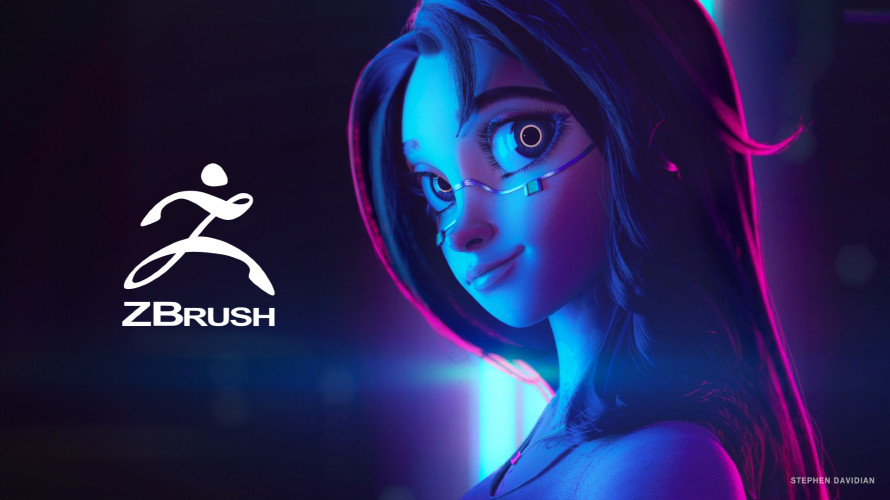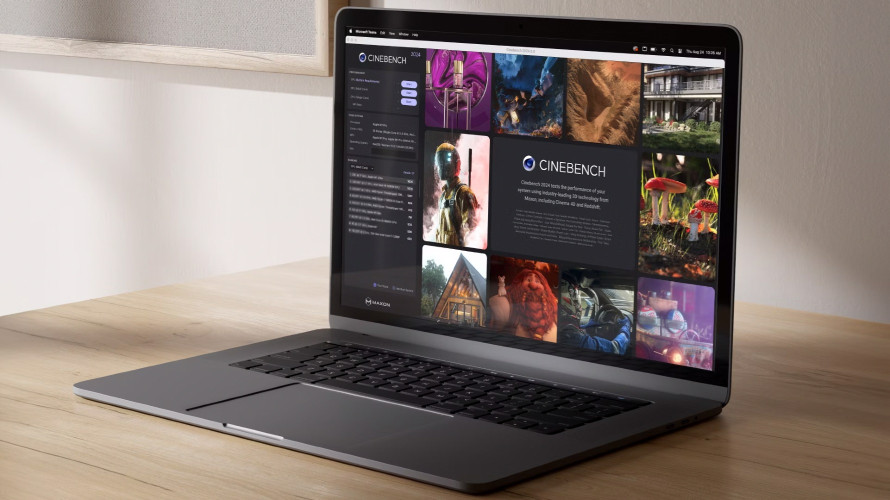Maxon today announced that a host of its tools, including Cinema 4D, Redshift and Red Giant, were used by Studio C, a high-end motion graphics studio, to bring their creative vision for The Matrix: Resurrections to life. Since its founding in 2018, Studio C has built up an impressive resume by delivering creative for several high-profile projects including Venom 2, The Suicide Squad, Godzilla vs.Kong, Fast & Furious 9, WandaVision, The Midnight Sky, and more.
Taking place 60 years after the events of the franchise’s third installment (The Matrix Revolutions), Resurrections presented its own set of unique opportunities and challenges for the Studio C team, who needed to maintain cohesion with the film’s iconic look while visually communicating how the technology had advanced.
Studio C Creative Director, Gordon Spurs, elaborates: “Elements central to the era of the first film, like texture backgrounds in an OS (circuit boards, etc.), bulky gradients or classic Sci-Fi fonts synonymous with the Matrix, were both a treat to play around with but also presented a challenge when updating the visuals for a new audience and not having them feel dated.”
Fortunately, in the 18 (real world) years since the last film, visual effects tools have also come a long way, helping the artists make the futuristic world set in (around) 2199 feel believable. Studio C used Cinema 4D, Redshift rendering, and Red Giant Trapcode and Particular to assist in creating over 100 on-set screen graphics across more than 20 sets. “Cinema 4D and Redshift did most of the heavy lifting,” Spurs says. “Trapcode Form and Particular we use on almost every job we do, so the Matrix was no exception there.”
Taking cues from the technological advancements of the real world, Studio C built visuals that suggested functional consistency and iterative improvement of Matrix technologies. This approach helped shape the screen designs and UI for the Mnemosyne hovercraft seen in Resurrections. To create the UI for the Mnemosyne, the team looked to its predecessor, the main hovercraft featured in The Matrix and The Matrix Reloaded, for inspiration. Studio C used Cinema 4D and Redshift to bring the Mnemosyne screens to life, displaying realistic schematic renders, medical scans of 3D organs and vitals, 3D maps inside and outside the Matrix, and photoreal renders of the head jack, as well as data widgets.
In addition to the creative challenges posed by The Matrix Resurrections were the technical difficulties associated with a VFX-heavy workflow. Holograms in a VFX pipeline are notoriously difficult because of the size of the assets, which means they often require heavy optimization. With Redshift, “the GPU rendering handles the poly-count of most of the models really efficiently,” says Spurs. “Redshift’s Custom AOV export options is great for building schematic R&D passes quickly so that looks can be creatively combined in compositing without being baked into the heavier beauty render. This is the true power of working with Redshift in film.”
Despite the creative and technical challenges, the motion design for Resurrections works as a seamless part of the overarching story of The Matrix franchise. Cinema 4D and Redshift provided an optimal toolset for balancing bold retro visuals, shape elements, and 3D opticals. The result is a compelling abstract and unique motion graphics package that brings audiences back into the world of The Matrix.



